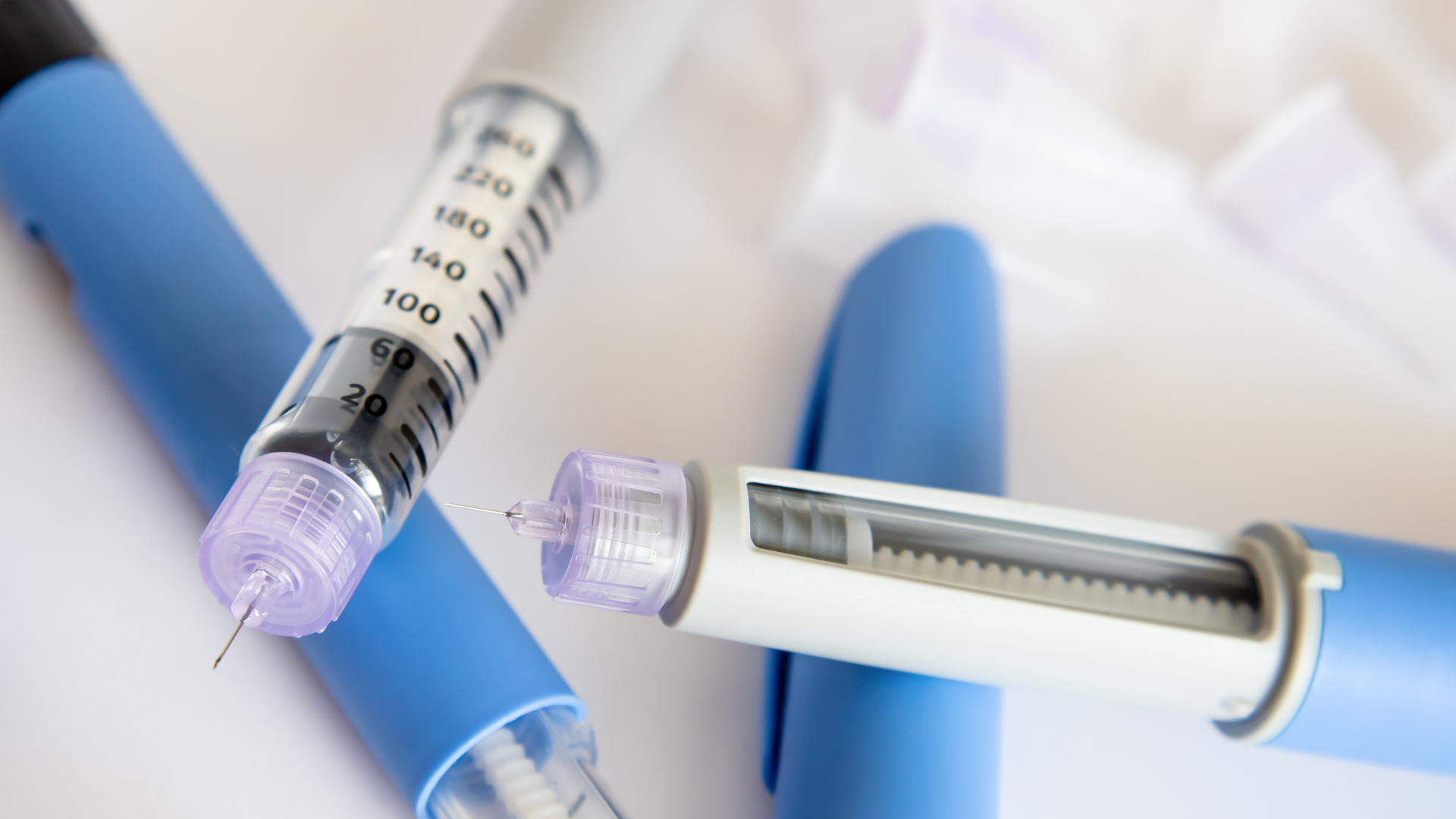March 24, 2025
Telemedicine can make diabetes care less expensive and easier to access, but it may not always be a suitable replacement for an in-person visit. Learn what happens during a telehealth visit and see if you could benefit from using telemedicine for your diabetes care. The pandemic upended a lot about life as we knew it. Notably, it was responsible for a 63-fold increase in telehealth visits . For people managing diabetes, however, having a doctor visit over video brings up a host of questions and potential issues. How can a doctor properly check my eyes and feet through a computer screen? Will telehealth replace in-person discussions about my blood sugar? Will I get the same level of care through a computer? According to a 2022 article in American Family Physician , telehealth is promising for diabetes treatment and has been shown to help improve glucose management. In a separate analysis of glucose data from people with type 2 diabetes, people who received remote monitoring of their glucose levels saw significant improvements in A1C over a period of three months. That being said, no study or physician is implying that telehealth fully replaces in-person medical care for diabetes. Here’s what to consider and who might be the best candidates for telediabetes care. What happens during a diabetes telehealth visit? Telediabetes care involves two types of interactions. One is a video meeting with a physician or care team to discuss challenges and potential solutions. During this type of visit, the healthcare provider can see some physical signs or changes, such as rashes or wounds. The second type of interaction is virtual monitoring of glucose levels through a monitoring device that sends data to the care provider. The provider might also follow up with a video call to discuss the data. “Many of the things that are important for diabetes care – blood glucose data review, medication review, insulin teaching – can all happen over video,” said Dr. Varsha Vimalananda, an endocrinologist and associate professor of medicine at Boston University. “CGM data can be uploaded and reviewed remotely, which is also very helpful.” Different providers use different video platforms for telehealth appointments, but most will look and function much like a Zoom call. The benefits of telehealth in diabetes care Not all elements of diabetes care are best suited for telehealth, but many lend themselves naturally to the conversation and convenience that an electronic visit facilitates. For type 2 diabetes in particular, telehealth has been shown to be more effective than in-person care at helping people manage their condition. One reason for the improved outcomes is simply better access to care. Dr. Keta Pandit, an endocrinologist at Texas Diabetes & Endocrinology in Austin, Texas, says continuous glucose monitoring (CGM), along with telehealth options, have changed the landscape of diabetes care. “One of the benefits of being able to offer telemedicine to our patient population is that it has increased the access to care, especially with any ongoing illnesses, hospitalizations, COVID, post-COVID, or any other situations when patients notice their glucose levels are going out of their standard range. Patients often contact us for these types of situations, and we can quickly get them seen via telemedicine to make adjustments to their diabetes medications,” she says. “While this was still an option prior to telemedicine days, the opportunity to see their provider on short notice, not having to worry about transportation, and not having to put in advance notice to take time off of work to travel to the doctor’s office, are some of the ways access to care has increased.” Pandit says this is particularly true for older patients who require frequent visits and women who are pregnant, as well as those who need to optimize their glucose levels before and after surgery. Jasmine Meidas, 51, of Cleveland, Ohio, is one such patient. She was diagnosed with type 2 diabetes 15 years ago. “During the COVID-19 pandemic, I was much more comfortable with telehealth than going into my endocrinologist’s office, which is in a hospital. I still am,” she says. Meidas has a one-hour telehealth visit every three months. “They can order blood work to be taken locally, [and] we review [the results] together. We also review food choices, lifestyle challenges, stressors, and more. We set action steps and goals for the next 90 days,” she says. Meidas periodically sees her endocrinologist in person as well. At Vimalananda’s clinic in Boston, specific groups are making great strides with telehealth options. “Veterans, mostly,” she says. “I have a few [Veteran patients] who have severe [post-traumatic stress disorder]. Driving out to the clinic, dealing with traffic, and navigating the hospital are all things that cause a lot of distress. It’s been a game-changer for them to be able to have the visit from home.” When is telehealth not the best option? “If you have diabetes, please remove your socks and shoes.” This type of sign is frequently displayed in doctors’ offices. How would a foot exam work in telehealth? This is a real concern for people with diabetes, as up to 15% of patients will have a foot ulcer in their lifetime. Pandit and other experts acknowledge the limitations telehealth can have. “The medical team [must depend] on the patient [to provide] data and limited access to other parameters that are needed, including blood pressure measurements or foot examinations. When visits are conducted via telemedicine…care is not as comprehensive,” says Pandit. “There are times when the telemedicine model may pose risks. The limitation is clearly noted in visits with patients who are not technologically savvy, may have hearing issues, or [have] poor [internet] connection at the time of the visit.” Telehealth can also give health care providers a direct view into the home environment, which may result in a patient’s hesitancy to share openly — with family members potentially nearby — and impede the building of relationships and rapport. For these reasons, Pandit recommends that at least every other visit be conducted in person.
















